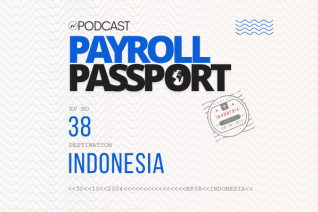Work From Home Increases Productivity Says Experts – But What’s “The Downside”?

The age-long debate to let employees work from home isn’t a debate merely between coming to the office or staying back at home or about being productive versus not being productive. Instead, it is about choosing between personal connections with one’s colleagues versus connecting with the team virtually, a.k.a – digital connect.
Many big companies have experimented with the “work from home” phenomenon. However, IBM, preaching about the positive effects of working from home for as long as 1983, startled its employees (in March 2017) by announcing that they wanted thousands of their workers, spread across 173 countries, to start working from their physical offices.
Work from home, also known as “telecommuting,” has helped many organizations gain a substantial monetary benefit – approximately $44 billion each year. Workers, especially in the western part of the world, in their quest to achieve a healthy “work-life balance,” have started embracing and demanding for work from home policy (as per the survey conducted by Flexjobs annual survey, the number of people quit a job due to lack of flexibility has nearly doubled from 17% in 2014 to 32% in 2017).
Several organizations have been inclined towards reversing their work-from-home policy to strengthen communication and increase team collaboration. We’ve often seen article after article preaching the concept of telecommuting or working from home to realize short-term gains. However, what are we eventually losing?
- Personal Connect – We often hear that people don’t quit a job; they leave a boss. Creating a personal connection with employees working from their office space has been one of the biggest and oldest challenges for companies and HR departments. Try imagining the ramifications when an employee works from home! With little to no time spent with these remote employees, a sizable disconnect can be evidenced that further creates an issue of trust in the minds of the manager and the employee showcasing a lack of belonging to the organization.
- Digital Telecommunication – Phones, e-mails, and video-conferencing are some of the most significant assets when working from home. Organizations invest in setting up the best infrastructure that supports their requirements, and often, the laptop is the only asset an employee gets to take home to work. Not everyone who works from home invests in the necessary provisions, which sometimes leads to a loss of productivity and a strong disconnect with their workspace.
- The Company Culture – This is seldom spoken about, but the company’s culture takes the maximum hit when working from home. Be it the remote employee who feels restricted when it comes to fitting into the company’s culture due to a lack of connection with peers and their leaders or the employees within the company who do not have the privilege of working from home due to their profile of work.
In the end, irrespective of whether an organization or an employee chooses to work from home or the office, the power of communication and collaboration undermines an organization’s and the employees’ success.
No option but to work with employees in remote locations? Don’t let your remote employees in your long-tail countries feel disconnected or lost! Please speak to us about how you can help connect and collaborate with them for a happier workforce! Write to irene.jones@neeyamo.com.
Interested in reading and knowing more? Click here and find more interesting articles and news from us.
Latest Resources
Stay informed with latest updates
If you're curious and have a thirst for knowledge pertaining to the HR, payroll, and EOR universe, don't miss out on subscribing to our resources.















